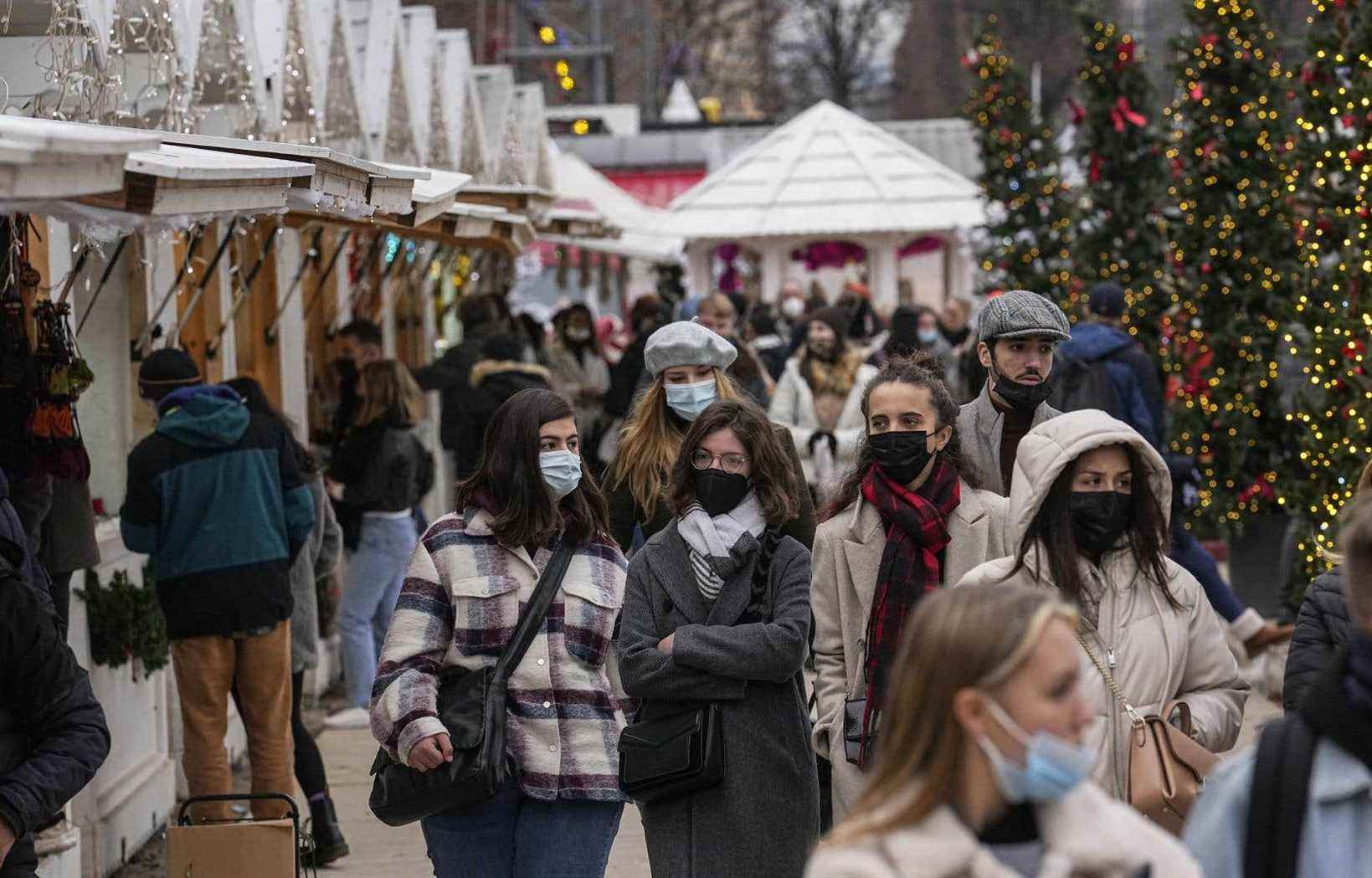The management of the World Health Organization (WHO) said on Wednesday it was worried about the possibility of the Delta and Omicron variants causing a “tsunami” of infections. She remains optimistic that the world will be able to put behind the worst of the pandemic in 2022.
Two years after the first case of the new coronavirus emerged, leaders of the United Nations health agency warn that it is still too early to say they are reassured by preliminary data that the Omicron variant is causing a disease. less severe disease. First detected last month in South Africa, Omicron is already the dominant strain among new cases in the United States and several parts of Europe.
And as 92 of WHO’s 194 Member States missed their target of vaccinating 40% of their population by the end of the year, Director-General Tedros Adhanom Ghebreyesus urged all countries to make New Year’s resolutions to vaccinate 70% of their population by July.
Cases that jump
According to WHO data, the number of new cases reported across the world jumped 11% last week from the previous week.
Europe recorded more than half of new infections with 4.99 million cases, up 3%. America, from north to south, has seen an explosion of cases with a 39% increase. In the case of Africa, an increase of 7% was observed.
“I am very concerned that Omicron, being more contagious (and) circulating at the same time as Delta, is leading to a tsunami of cases,” Dr Tedros said at a virtual press conference. This would add “immense pressure on exhausted healthcare workers and on health systems on the brink of collapse,” he continued.
In its most recent weekly epidemiological report, the WHO maintains that the “general risk” associated with Omicron “remains very high”. She cites “strong evidence” that this new variant is spreading much faster than its predecessor Delta.
I am very concerned that Omicron, being more contagious (and) circulating at the same time as Delta, is leading to a tsunami of cases.
The WHO also notes a slowdown in the spread of the virus in South Africa and that preliminary data from the United Kingdom and Denmark suggest a reduced risk of hospitalization. However, more data will be needed before any conclusions can be drawn.
WHO Director-General for Health Emergencies Management Michael Ryan stresses the importance of remaining cautious about preliminary observations. Dr Ryan argues that it is important to “keep transmission of the two variants as low as possible” over the next few weeks.
The expert explains that the cases of Omicron started to circulate among young people first and that it is not really known how it can behave in the general population. Dr Ryan admits being uncomfortable making optimistic predictions before seeing how vaccine protection will work in the elderly or vulnerable.
The WHO declined to comment on the decisions of the United States and other states, where the period of mandatory isolation has been reduced. According to Dr Ryan, countries make choices based on several factors and the average incubation period is between five and six days.
“You have to be careful about the changes in strategy at this time because of what we are observing,” he said, obviously speaking of the rise in strength of the Omicron variant.
In addition, Dr Tedros reiterated that the main challenge to end the pandemic is to end global inequity. He said the failed target of vaccinating 40% of the population this year “is not only a moral disgrace, but it has cost lives and has given the virus complete freedom to circulate and mutate.”
Many states missed the target because of the low supply of doses to the most disadvantaged and then because the doses expired for lack of syringes, said the boss of the WHO.
Despite everything, Dr Tedros assures us that he “remains optimistic that this year may be the year where we can not only get out of the acute phase of the pandemic, but where we can also pave the way towards enhanced health security. “.
